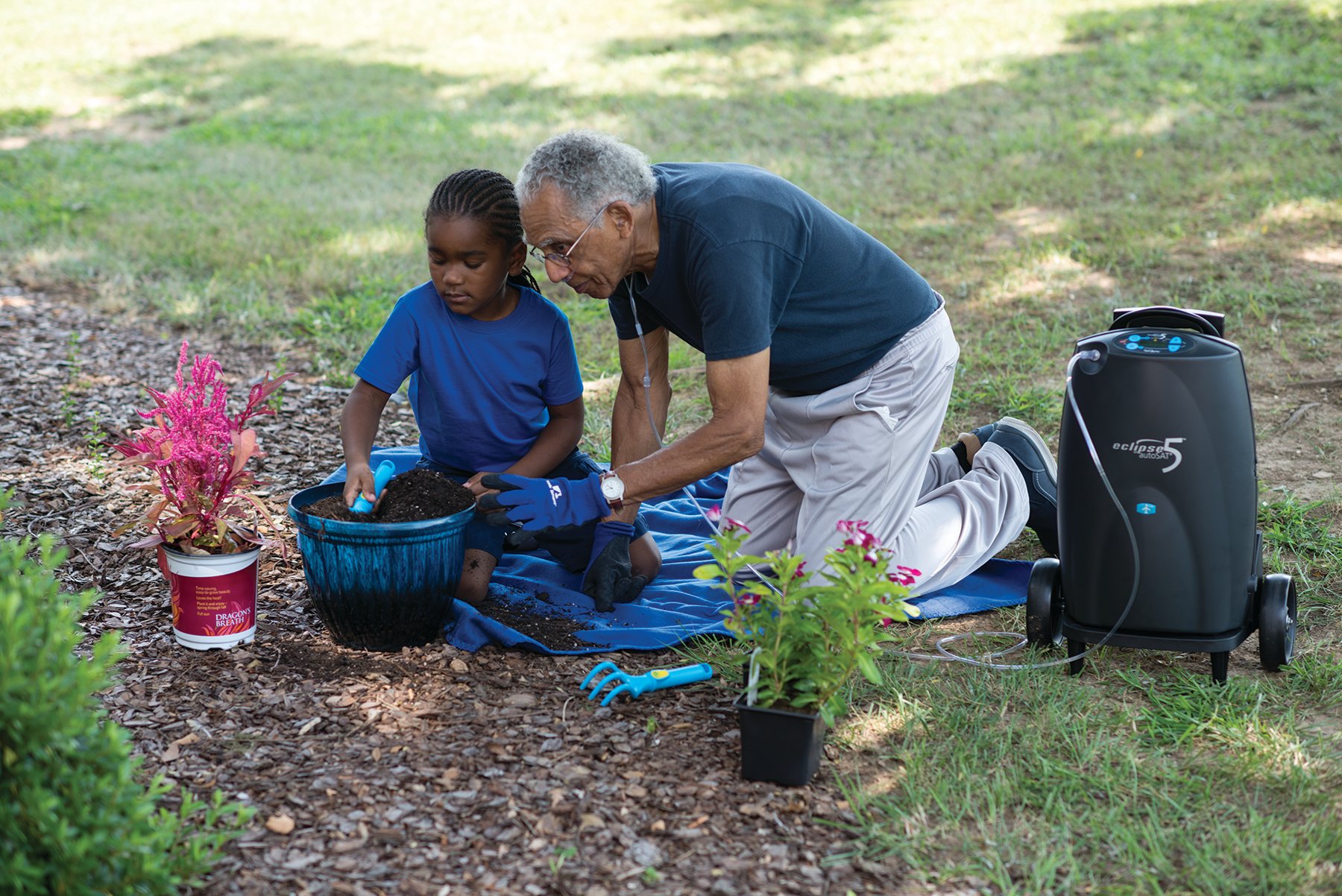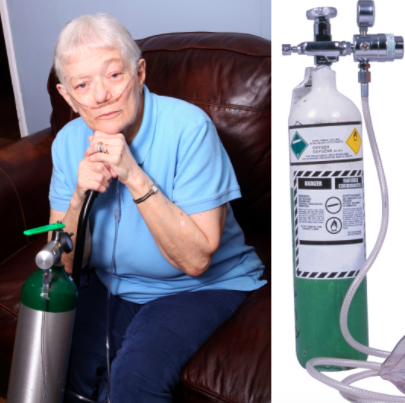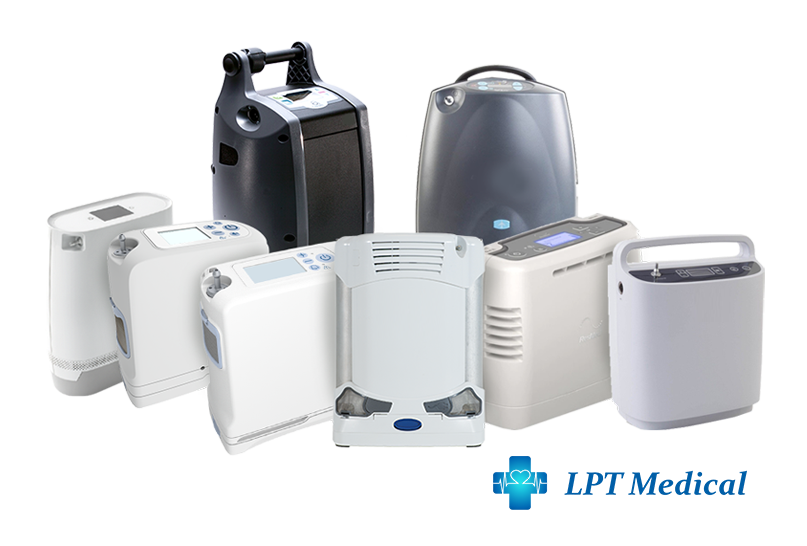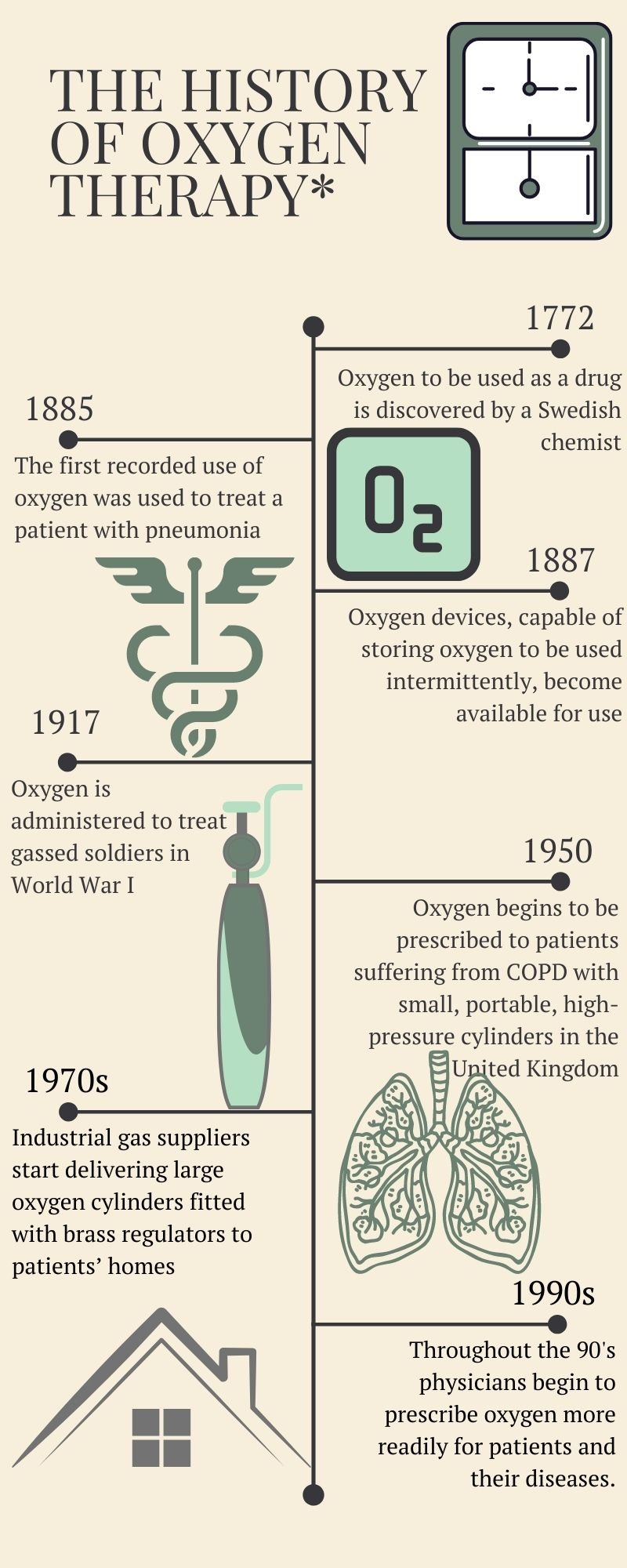
Oxygen to be harnessed and used to treat respiratory patients is a relatively new form of medication, but it has been proven to increase the quality of life and even add years to people's lives with severe respiratory illnesses. As with any new treatment or medication, the tools and methods are evolving, becoming more advanced and efficient. The history of oxygen as a drug moves in an exponential trend towards the safest and most efficient devices that LPT Medical carries today.
As a modern day medical equipment company based in Denver, CO and other locations including Boca Raton, FL., we are humbled by the history of oxygen therapy products in particular. We want to appreciate all the pioneers and innovators who came before us, the ones who paved the way into a new-age of technology for people struggling with respiratory diseases.
Without their ingenuity we would not be here today, able to offer our customers these top of the line products like the Inogen One G5 and the Caire Freestyle Comfort. Oxygen has come a long way, and the methods in which oxygen is prescribed and the devices used to administer oxygen have both progressed into the safest and most effective products.
There was a moment in time where to pursue oxygen as a therapeutic resource for patients with chronic lung disease was cause for concern. In the 20th century of the risks of experiencing oxygen toxicity due to the administration of oxygen therapy was relatively high. Oxygen toxicity is a form of lung damage that occurs when you breathe in too much supplemental oxygen. It’s also called oxygen poisoning, and it happens to divers, people who use too much of their medical oxygen supply, or those who use supplemental oxygen and do not have low enough blood-oxygen levels.
{{cta('fa8abc2a-1e88-4fa3-82fd-1cb5b9ed43b2','justifycenter')}}
If you are using portable oxygen for long-term oxygen therapy purposes, your healthcare team will test you while you are doing normal activities or exercise and at rest to determine that your oxygen is at the correct setting. Talk with your doctor about how to use oxygen safely and correctly if you are unsure.

Similarly to any new medication or treatment, time and research was put into the application of oxygen as a drug, and overtime and with the accessibility of ambulatory oxygen devices, the long-term effects of continuous oxygen were able to be established and meet certain safety and efficiency requirements that we have today.
{{cta('43b79c5e-6bd6-4f02-ac27-2d038d20c146','justifycenter')}}
Today, there are three popular ways to get your oxygen outside of the hospital:
.
- Liquid oxygen tanks
- Compressed gas cylinders
- Portable oxygen concentrators
With a portable oxygen concentrator (POC) you will be able to carry this small, battery-powered device around with you, use it at home all day and night, and even take it with you on an airplane.

Your POC will come with a carrying case that you can throw around your shoulder if your device is light-weight enough to carry. You can also get a portable oxygen concentrator backpack that will carry your POC and other belongings. Other POCs come with wheels or a cart if they are 10 pounds or more like the Respironics SimplyGo and the Solar Eclipse 5. Both of these devices are continuous and pulse dose capable, offer high oxygen outputs, and they are still very portable.

POCs run on batteries, so a device with a larger battery will last longer, and you will never have to get the device “refilled” instead you will plug in the device or the battery to an external charger or an AC or DC outlet, and you can use the device while the batteries charges.
A liquid oxygen system has a refillable oxygen reservoir that is stationary inside your home and other smaller refillable portable tanks that you can take with you when you leave your home. The tanks are very cold, so you have to be careful when you handle them. Your delivery company will refill your tank about every 2 weeks, and you will refill your own portable tanks when you need to with the large reservoir in your home.

A compressed gas system can also be used at your home. It includes a stationary oxygen concentrator with a long tube. When you go out, you carry a portable tank. Your supplier can deliver the portable tanks to you refilled, or you can refill it on your own from your concentrator. When you go out with your portable tank, you’ll use an oxygen conserving device that supplies small, pulsed doses to help your portable tank last longer.
Based on this information, it might be evident that the portable oxygen concentrator is the newest and most efficient form of oxygen therapy that has been developed so far. Because the device takes air from the surrounding area, you will never have to rely on an oxygen supply company to come to your home and refill your oxygen, instead you just have to recharge the batteries as you would with your cell phone or other electronics.

These devices are designed to be portable, so you can maintain a healthy and active lifestyle, even if you use your oxygen all day long. The pulse dose machines are typically under 6 pounds, making them easy to carry with you without getting worn out from the added weight.
The continuous flow devices range from 10-18 pounds, however these are still more portable and less restrictive than any other device like a tank or canister. The carts are durable, and the wheels are lightweight and large enough to make it through any kind of terrain. They also all fit underneath the seat in front of you when you fly, because one of the most freeing aspects of these devices is that you can fly on airplanes with them!
{{cta('b59df0c1-c4de-47a8-8e1c-0d33d4b414aa','justifycenter')}}
Before a portable oxygen concentrator, oxygen was still readily available to people with respiratory disease.
Here is the overall history of oxygen therapy:


